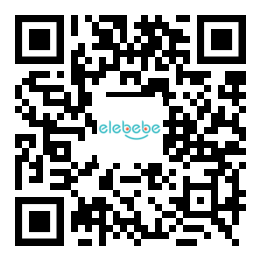- Español
- Português
- русский
- Français
- 日本語
- Deutsch
- tiếng Việt
- Italiano
- ภาษาไทย
- Nederlands
- Polski
- 한국어
- Svenska
- magyar
- Malay
- বাংলা ভাষার
- Dansk
- Suomi
- हिन्दी
- Pilipino
- Türkçe
- Gaeilge
- العربية
- Indonesia
- Norsk
- تمل
- český
- ελληνικά
- український
- Javanese
- فارسی
- தமிழ்
- తెలుగు
- नेपाली
- Burmese
- български
- ລາວ
- Latine
- Қазақша
- Euskal
- Azərbaycan
- Slovenský jazyk
- Македонски
- Lietuvos
- Eesti Keel
- Română
- Slovenski
- मराठी
- Srpski језик
The Safest Way to Sterilize Baby Bottles Sterilizing baby bottles
2020-10-15
When you’re stumbling out of bed at 3 a.m., the last thing you want to worry about is whether your baby’s bottle is clean.
I’ve been in the unfortunate situation of desperately needing to feed the baby in the middle of the night. Trust me, in the midst of tears and tantrums, you don’t want to reach into the cupboard and find that — horror of horrors — there are no clean bottles left.
If you’re new to parenting, you’ll want to make sure you always have a stockpile of clean bottles on hand. Here’s how to sterilize them.
You’re probably wondering, do we need to sterilize baby bottles anymore?
The answer is usually no. Sterilizing baby bottles used to be a bigger concern for doctors than it is now. Luckily, in the United States, sanitation and water quality have improved.
Parents also aren’t only relying on powdered formula, but using different options for feeding baby. For these reasons, you don’t need to sterilize bottles every day.
That being said, some babies may be at higher risk, and baby bottles are still a potential source of contamination. It’s important to make sure you are doing everything you can to keep all feeding supplies clean.
Here are a few rules to follow.
1. Wash your hands
Always wash your hands before feeding your baby or getting a bottle ready. And don’t forget to wash up after diaper changes.
2. Keep nipples clean
No, we’re not talking about breastfeeding here. Baby bottle nipples are a major source of germ contamination. Regularly inspect nipples for cracks or tears. Dispose of any that are damaged.
To clean baby nipples, scrub them in hot, soapy water, then rinse. You can also boil the nipples for 5 minutes in water to sterilize them. But simple hot water and soap should be enough to get them clean.
3. Wash supplies
Don’t forget to clean the top of the formula container. Just think how many hands have touched that thing! You’ll also want to regularly wipe down the area where you fix the bottles. Clean any spoons and the storage containers where you stash baby supplies.
4. Transport safely
Safely storing and transporting formula and breast milk might be the most important thing you can do to reduce your baby’s risk of drinking from a dirty bottle.
Make sure all formula and breast milk is properly stored, transported in a cooler, and disposed of safely. No reusing formula or refreezing that milk, people!






